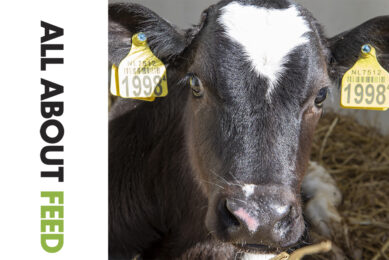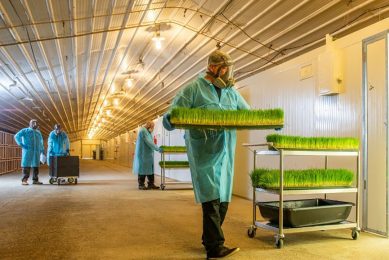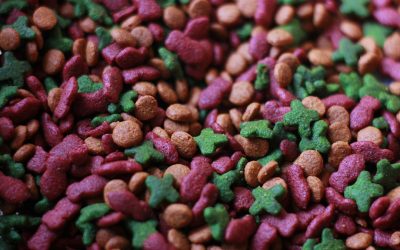Scares and emotions
The pet food industry cannot be compared to the livestock feed industry for many reasons, but one important distinction that stands out may be the level of emotion involved. And this is just the thing that makes the pet food industry an interesting business to follow.
The recent massive recall of 60 million cat and dog food cans in the US and Canada resulted in a huge panic among pet owners. As most pets are considered family members by their owners, the reaction can almost be compared with finding a toxic component in infant food.
In 2004, health authorities in the Chinese city of Guiyang recalled more than 9,000 bags of highly toxic milk powder. This decision came after more than 150 children in the south-western province of Guizhou were poisoned by drinking the formula. Tests showed that the milk contained staphylococcus aureus, which can cause heart fever and even death.
In 2005, Swiss-based food giant Nestlé has ordered the recall of baby milk from France, Spain, Portugal and Italy after tests suggested chemical contamination. A chemical, used in the printing process of the milk cartons, got into the baby milk itself. You can imagine the panic among parents.
Incidents and chronicle problems
In my opinion, the food scares that are seen in pet and human food are definitely severe but are often caused by an error in processing or a single ingredient.
Unfortunately, the animal feed industry has also gone through (too many) scares. But these seem to be more chronically. In other words, issues in animal feed are constantly present, in comparison with pet and human food where the business is often startled by one issue at the time.
What we see in the animal feed sector is that feed is contaminated with for example: banned meat and bone meal, forbidden antibiotic growth promoters or hormones or genetically modified material.
In addition, the debate over mycotoxins is likely to rage on for years, if not decades, to come.
All these issues are very serious indeed but do not cause fatal reactions as such; they simply do not comply with the formulated rules or maximum inclusion levels.
Of course we also see the so called ‘incidents’ in the animal feed industry. A "good" example is the dioxin scare in the Netherlands, Belgium and Germany in 2006. Two filters at the Dutch Tessenderlo Chemicals were defective, resulting in untreated hydrochloric acid being delivered to its subsidiary, PB Gelatins. PB Gelatins in turn, supplied animal feed producers with dioxin contaminated ingredients. Although this was spread out in the news, the reaction was not as extreme as we might have expected.
Nevertheless, it is once again clear why the pet food industry and animal feed industry differ from each other; the type of scares/problems and more importantly, the emotion involved.
The pet food industry cannot be compared to the livestock feed industry for many reasons, but one important distinction that stands out may be the level of emotion involved. And this is just the thing that makes the pet food industry an interesting business to follow.











